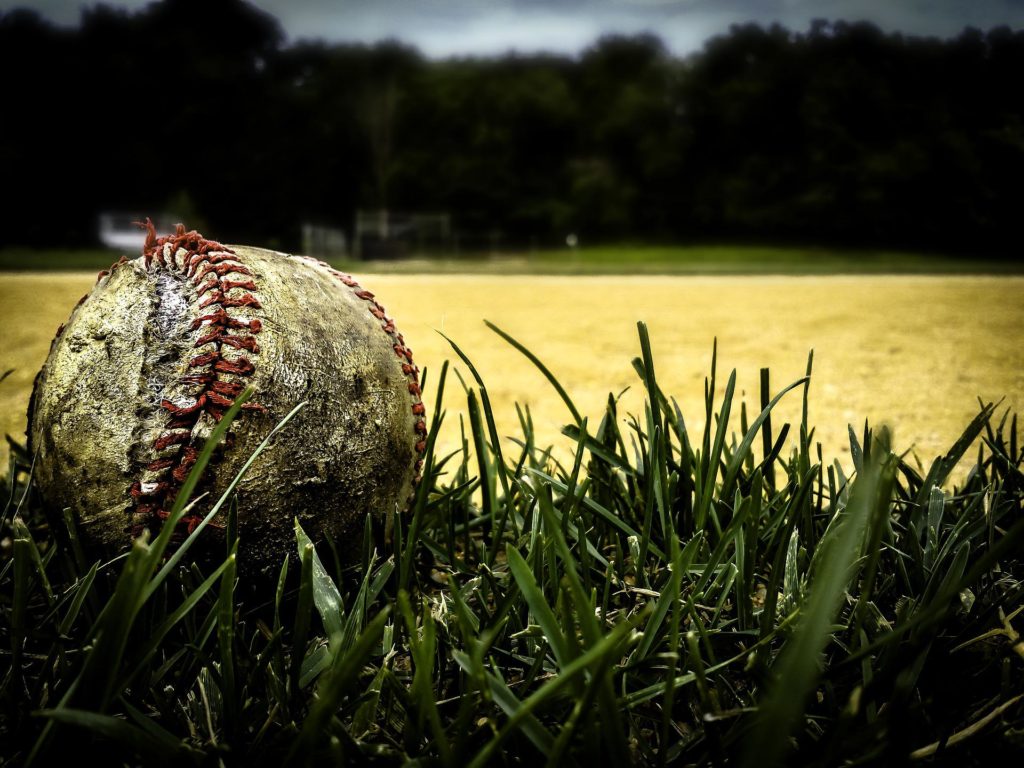Hooligans Emerge: 1920s - 1930s
During the Twenties, developers were eagerly finding ways to encourage property sales in Floral Park. One of the tactics they used was allowing purchasers to build and maintain “temporary homes” on their lots. The new owners could live in those homes for a specified period of time until they could afford something more permanent. It is not clear how this plan would be monitored or enforced, and it is highly likely that many of these “temporary homes” would have been in existence for longer than anticipated. Throughout the 1920s, journalists documented households living in tents and properties that were littered with small shacks. During this time, the reputation of Floral Park started to take shape.
This was the era when Mishawaka allegedly heard the first utterance of the word hooligans in relationship to the inhabitants of Floral Park. Interviews with current and former longtime residents uniformly attribute the expression to the local baseball team. Neighborhood teams played each other throughout the city, and the southwest side was no exception. Anecdotes from two credible local residents explain the conceivable stories behind the now ubiquitous term.

Mike Lenyo, a well-respected longtime former resident, was one of the individuals who described the popularization of the Hooligan Heights nickname. Lenyo would have reason to know: his grandparents settled in the area upon its inception and his father was an important civic leader who was instrumental in the development and growth of the local Mary Gibbard Park. With a solid memory filled with vivid detail, he also has access to reams of history that was transferred from his parents and grandparents. He indicates that he is often referred to as the “Mayor of Hooligan Heights,” and he speaks publicly on non-commercial radio and even dons brightly colored apparel confirming his informal title. Lenyo’s father and many of his father’s and grandfather’s peers described the story to him years ago. The legend is that it was coined by a reporter from the Mishawaka Enterprise in the 1920s. Evidently, the Floral Park ball players had arrived at a game with less than immaculate appearances, and the reporter disparagingly called them a rag-tag band of “hooligans” in the Enterprise. Moving forward, the team took ownership of the name and officially labeled themselves “Hooligans.” Many other residents followed suit, re-branding their environs as “Hooligan Heights.”

Another possible story emerged in 1988 when the South Bend Tribune interviewed an alleged witness to the origin of the name. A senior former resident, Esther Jones, indicated she had witnessed the first utterance of the word hooligan as it pertained to the populace of the southwest side. As she explained, it all started in the 1920s at a baseball game between her neighborhood team and the local Belgian baseball club. Evidently, the Floral Park team had some raucous support from their neighborhood fans. A woman supporting the Belgian team noted their boisterous behavior, and she referred to these fans as “hooligans.” The players and their fans did not take offense, but rather decided to embrace the designation. Regardless of the genesis of the name, certainly no one would have anticipated that the term would still be used and even embraced almost one hundred years later.
By the mid-1930s, the area had not developed in a way that many had hoped: beautiful and sturdy bungalows with shade trees at the foot of the Mishawaka hills. During the population explosion of the 1920s, new residents bought the inexpensive lots from developers, and some built temporary housing, most with the intention to upgrade or build entirely new, high-quality homes. By the mid-1930s, however, the United States was in the midst of the Great Depression that would not enable residents to upgrade or repair their homes due to financial constraints. Many who tried to build or buy permanent homes were forced into foreclosure due to their inability to make payments. Residents who were able to build homes during the 1930s were building sub-par residences with whatever materials that they could afford. The struggling populace did whatever they could to make ends meet in a rapidly declining residential area. As a result, the local citizenry had developed a tough street reputation throughout Mishawaka and the surrounding areas. The entire region now officially referred to the local baseball team as the “Hooligan Heights” team.
